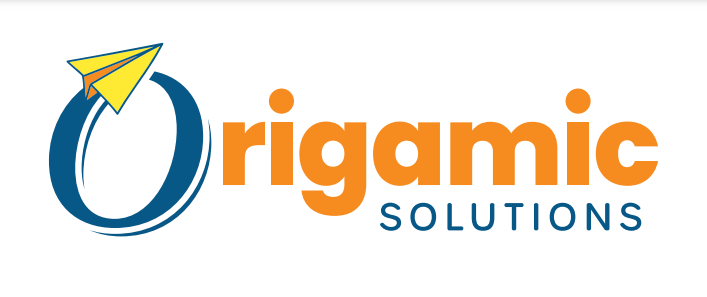From Accessible to Intelligent: Transforming Documents for AI and All Users
.png?width=390&height=276&name=microsoft_machine_learning-removebg-preview%20(1).png)
Look, I've been in the trenches with clients, getting AI plugged into their workflows, and one thing's crystal clear: garbage in, garbage out. You want good AI? You better have good data. And honestly, a lot of that 'good data' comes from your documents. We're not just writing for people anymore; we're writing for robots – AI systems that need to actually understand what we're saying. That's where Section 508 comes in. You might say, "that old accessibility law?" Yes, it's not just about helping folks with disabilities, it's about making documents AI-friendly. I've been seeing firsthand how throwing 508 principles into the mix can fix a lot of the headaches we're having trying to get AI to actually make sense of our stuff. We've got to start thinking, 'AI is reading this too.'
So, let's get real about the document design messes we're dealing with, straight from client projects. I'm going to break down how using 508 isn't just a compliance thing, it's a smart way to get AI to deliver the insights we're chasing. Here are some key examples (not an exhaustive list) that I've run into:
| Content Issue | Section 508 Practices | Results (Especially for AI) |
|---|---|---|
| Reliance on Color Alone for Information Conveyance (e.g., color-coded status indicators, data visualizations) | Avoid using color as the sole means of conveying information. Provide redundant visual cues (e.g., text labels, patterns, symbols) alongside color. Ensure sufficient color contrast between foreground and background elements. Offer alternative text descriptions for color-coded elements. | AI gets it right the first time: No more guessing what the colors mean, because you've got text and symbols AI can actually process. Clean data extraction: AI pulls out the info without getting confused by color variations or needing to "guess" relationships. Faster processing: AI doesn't waste time trying to decode color, so you get insights quicker. More accurate analytics: AI builds reports based on real data, not color-based assumptions that might be wrong. Less AI training needed: You're not training the AI to "see" color, which saves time and resources. |
| Lack of Alternative Text for Images and Graphics | Provide descriptive alternative text ("alt text") for all non-text content, including images, charts, and diagrams. For example, a decision tree in graphical form should also have a textual description. | AI can accurately extract information and understand context. |
| Inconsistent or Missing Document Structure (e.g., headings, lists, tables) | Use proper semantic markup (e.g., heading tags, list elements, table tags) to define document structure. | AI can understand the relationships between different parts of the document and extract data more efficiently. |
| Complex or Ambiguous Table Layouts | Use simple, linear table structures with clearly defined headers and data cells; avoid merged cells or complex layouts. | AI can extract tabular data reliably and perform calculations or analysis. |
| Documents lacking proper document title | Ensure that every document has a unique and descriptive title. | AI correctly identifies the document, and when processing multiple documents, can keep them correctly organized. |
| Documents lacking proper reading order | Define the logical reading order of content, especially in complex layouts, using appropriate markup or document settings. | AI can correctly interpret the relationships between different content elements and extract information in the intended context. |
| Documents that use embedded objects that are not accessible | Ensure that all embedded objects, such as videos, audio files, and interactive elements, have accessible alternatives, such as captions, transcripts, and keyboard navigation. | AI can process and understand the information contained in embedded objects, leading to more complete data extraction and analysis. |
|
|
Jim Blizzard Principal Origamic Solutions |




